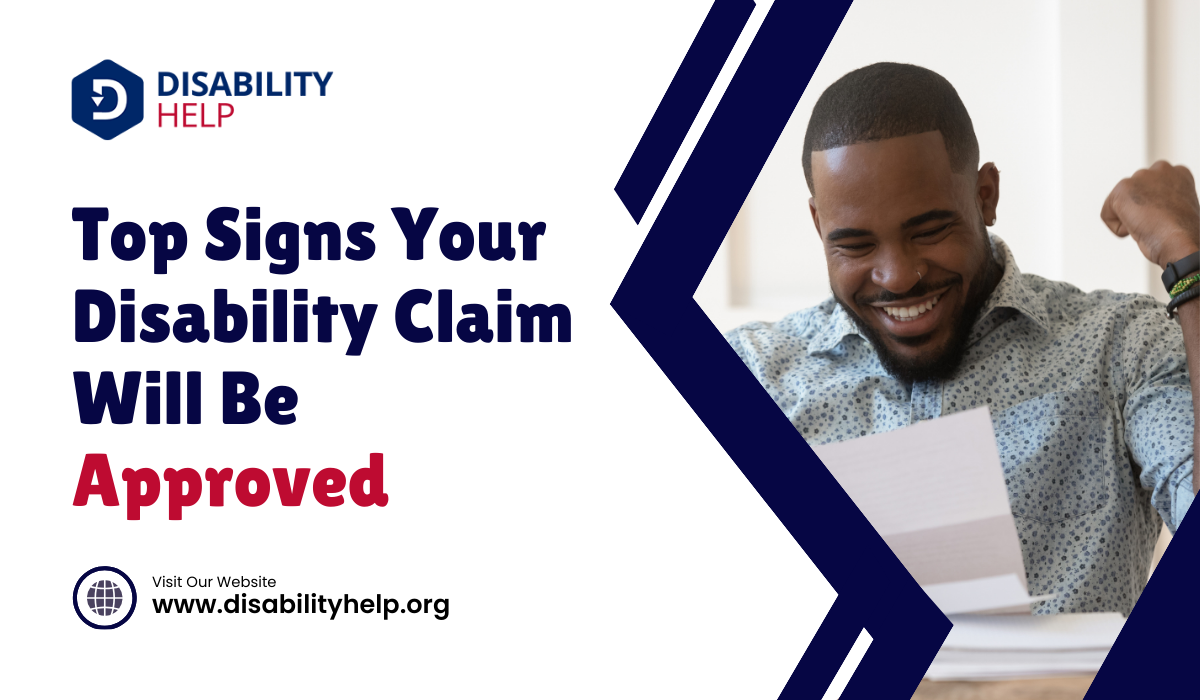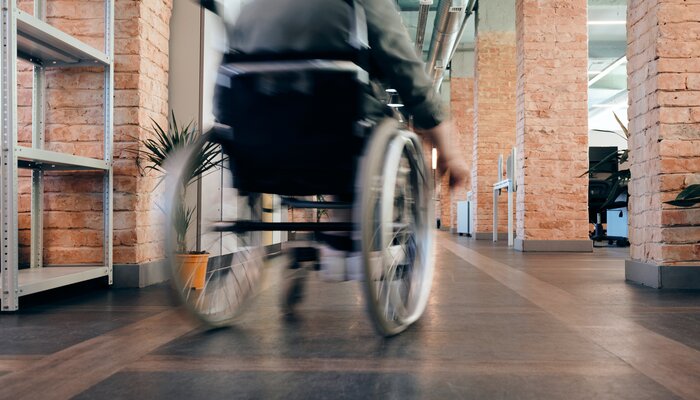Veterans must meet stringent criteria such as complete ankylosis of the spine, persistent severe symptoms, extended hospitalization, and a significant impact on employment to qualify for a 100% VA disability rating for back pain.[1]
Gathering detailed medical records, healthcare provider reports, witness statements, and a personal account is essential to strengthen a VA disability claim for back pain.
Filing a claim involves submitting all necessary documentation online or by mail and undergoing a medical examination by a VA healthcare provider to assess the severity of the back condition.
If dissatisfied with the VA’s decision on the disability claim, veterans have the right to appeal to the Board of Veterans' Appeals (BVA), which independently reevaluates VA disability decisions.[2]
Back pain is a common condition that affects millions of people worldwide. For veterans, many of whom have experienced physical strain and injuries during their service, back pain can be a chronic and disabling condition. Obtaining a 100% VA disability rating for back pain can provide the financial support and medical care needed to manage and improve the condition.
In this guide, let’s learn how to get 100 VA disability for back pain. Understanding the process and knowing the key steps to take can significantly increase your likelihood of success.
How to Qualify for a 100% VA Disability Rating for Back Pain?
Qualifying for a 100% VA disability rating for back pain involves meeting rigorous criteria defined by the Department of Veterans Affairs (VA)A U.S. government agency that provides services and benefits to military veterans, including those w.... These criteria are designed to assess the severity and impact of back pain on a veteran's life and ability to work. Here's an explanation of each criterion:
Complete Ankylosis of the Spine
Fast Facts
Complete ankylosis of the spine means the spine is entirely fused, causing severe limitations in mobility and daily activities.
When a veteran suffers from complete ankylosis of the spine, their daily life is profoundly impacted.[1] This total fusion of the spine restricts not just major physical activities but also simple, routine movements that most people take for granted. Activities such as bending, twisting, or even turning can become impossible. This can lead to a dependence on assistive devices for mobility or require modifications in living spaces to accommodate the disability. The severe limitation in physical functioning due to ankylosis also often extends to the inability to perform basic self-care tasks, significantly affecting the individual's independence and quality of life.
Severe Symptoms
Fast Facts
Extreme motor dysfunction in cases of back pain can include muscle weakness, loss of coordination, or even paralysis.
Severe symptoms that qualify for a 100% VA disability rating due to back pain are not just limited to pain itself but encompass a range of debilitating conditions. These symptoms include:
-
Persistent and Extreme Pain: The pain experienced is constant and intense, often described as debilitating. It is not relieved by standard pain management techniques and significantly interferes with daily activities.
-
Paresthesia: This refers to abnormal sensations such as tingling, pricking, or numbness affecting the entire spine. These sensations can be distressing and impact a veteran's ability to function normally.
-
Severe Motor Dysfunction: This encompasses a variety of issues, including muscle weakness, loss of coordination, and even paralysis in severe cases.
Extended Hospitalization
The back condition must be severe enough to necessitate hospitalization for at least 21 consecutive days. This criterion emphasizes the intensity of the condition, indicating that it requires intensive medical care and is not manageable through routine outpatient treatments.
Impact on Employment
The back pain must be so debilitating that it prevents the veteran from being able to secure or maintain substantially gainful employmentWork that provides a living wage and is within the capacity of an individual, including those with d.... This aspect evaluates the economic impact of the back condition, recognizing that severe pain can hinder a veteran's ability to work or perform job-related tasks effectively.
Additional Considerations in Evaluation
The VA also takes into account several other factors:
-
Medical History: This includes any prior back injuries or conditions.
-
Diagnostic Test Results: Such as X-rays, MRI scans, or EMG tests.
-
Ability to Perform Daily Activities: Assessing how back pain affects activities like dressing, bathing, and eating.
-
Employment Capabilities: Evaluating the impact of back pain on the veteran's ability to maintain a job.
Gathering Supporting Evidence
To strengthen your claim, compile comprehensive evidence:
-
Medical Records: Gather all medical documentation from your time in service that relates to your back condition. This may include initial injury reports, medical evaluations, and treatment records.
-
Post-Discharge Medical Records: Collect all relevant medical records since your discharge that detail the progression of your back condition. This should include any treatments, medications, surgeries, and ongoing medical evaluations.
-
Healthcare Provider Reports: Obtain written reports from your doctors or specialists that specifically describe the severity of your back condition, the treatments you have undergone, and the prognosis. Ask them to include how your back pain affects your physical capabilities, mobility, and daily activities.
-
Witness Statements: Statements from family, friends, and co-workers can provide insights into how your back pain affects your daily life, including your home life, social interactions, and work performance.
-
Detailed Personal Account: Write a comprehensive statement detailing your experience with back pain and how it has affected your daily activities, work life, and overall quality of life. Include specific instances where your back pain hindered your ability to perform certain tasks or activities.
Filing a Claim with the VA
Once you have gathered all the necessary evidence, the next step is to file your claim:
-
Submitting Your Claim: File the claim online through the VA’s website or by mail. Make sure to include all the information and required documents.
-
Claim Review: The VA will review your claim, which involves evaluating the evidence you have submitted and possibly requesting additional information.
-
Medical Examination: You may be asked to undergo a medical examination by a VA healthcare provider to assess the severity of your back condition.
-
Decision on Eligibility: After reviewing all the information, the VA will make a decision on your eligibility for disability benefitsFinancial assistance provided to individuals who are unable to work due to a disability, such as Soc.... You will receive a notification of the decision. If your claim is approved, it will include the disability rating and the benefits you will receive.
If you are not satisfied with the VA’s decision, you can appeal to the Board of Veterans' Appeals (BVA).[2] The BVA is an independent entity that reevaluates VA disability decisions.
Navigating the Path to 100% VA Disability for Back Pain
In conclusion, understanding how to get a 100% VA disability for back pain involves a thorough and detailed process. By meeting the VA's specific criteria, gathering comprehensive evidence, and filing a claim with careful attention are crucial for establishing eligibility. For veterans seeking to manage their back pain effectively and secure the benefits they deserve, navigating this path with diligence and thorough preparation is key.
Deciding whether to hire a VA disability lawyer depends on your specific situation and comfort with navigating the VA claims process. Learn more in the guide by Disability Help.
- "Ankylosing Spondylitis." National Institute of Arthritis and Musculoskeletal and Skin Diseases, U.S. Department of Health and Human Services, www.niams.nih.gov/health-topics/ankylosing-spondylitis.
- “Board of Veterans' Appeals." U.S. Department of Veterans Affairs, www.bva.va.gov.






